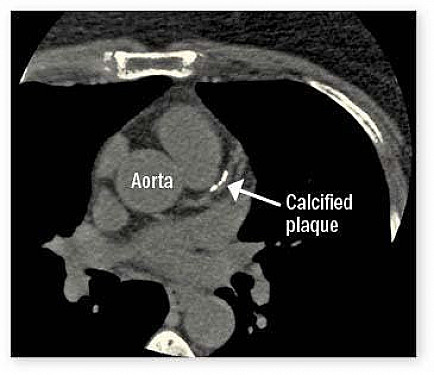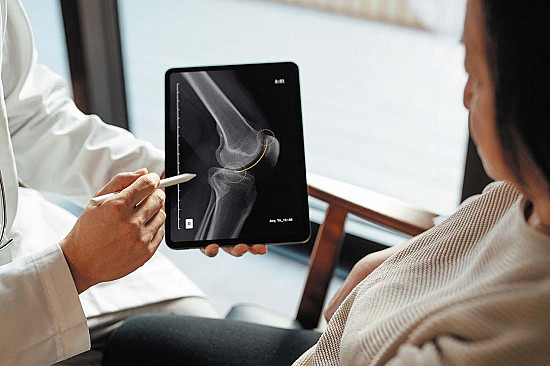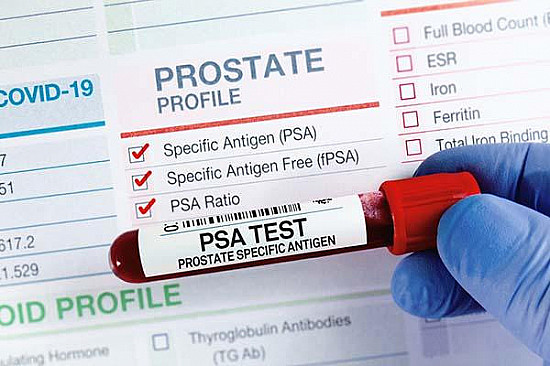Reaching the heart through an artery in the wrist
Artery-opening angioplasty via the arm is a good alternative to the approach that starts at the groin.
All blood vessels lead back to the heart. That's the basic idea behind artery-opening angioplasty. A doctor inserts a thin tube known as a catheter into a major blood vessel, gently maneuvers it through the vessel and into the heart, and uses an inflatable balloon on a wire to open a blocked coronary artery, usually placing a stent. Most doctors in the United States begin angioplasty at the femoral artery, the large vessel at the top of the thigh. But a growing number of doctors here are following what their European and Asian colleagues are doing: beginning angioplasty through the radial artery in the wrist. This approach is less likely to cause bleeding—and has other potential benefits to boot.
To continue reading this article, you must log in.
Subscribe to Harvard Health Online Plus (HHO+) to unlock expert-backed health insights, personalized tools, and exclusive resources to feel your best every day.
Here’s what you get with your HHO+ membership:
- Unlimited access to all Harvard Health Online content
- 4 expertly curated newsletters delivered monthly
- Customized website experience aligned to your health goals
- In-depth health guides on topics like sleep, exercise, and more
- Interactive features like videos and quizzes
- Members-only access to exclusive articles and resources
I’d like to subscribe to HHO+ for $4.99/month to access expert-backed content to help make smart, informed decisions about my well-being.
Sign Me UpAlready a member? Login ».
Disclaimer:
As a service to our readers, Harvard Health Publishing provides access to our library of archived content. Please note the date of last review or update on all articles.
No content on this site, regardless of date, should ever be used as a substitute for direct medical advice from your doctor or other qualified clinician.















